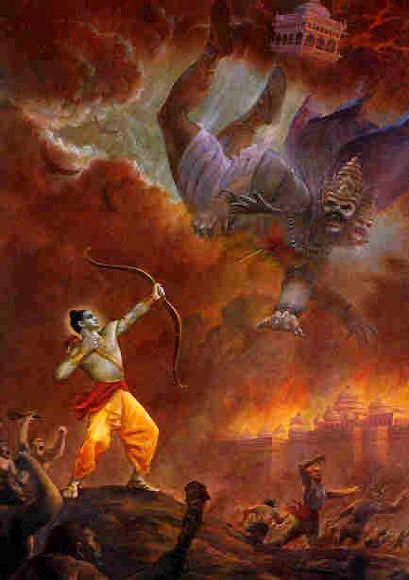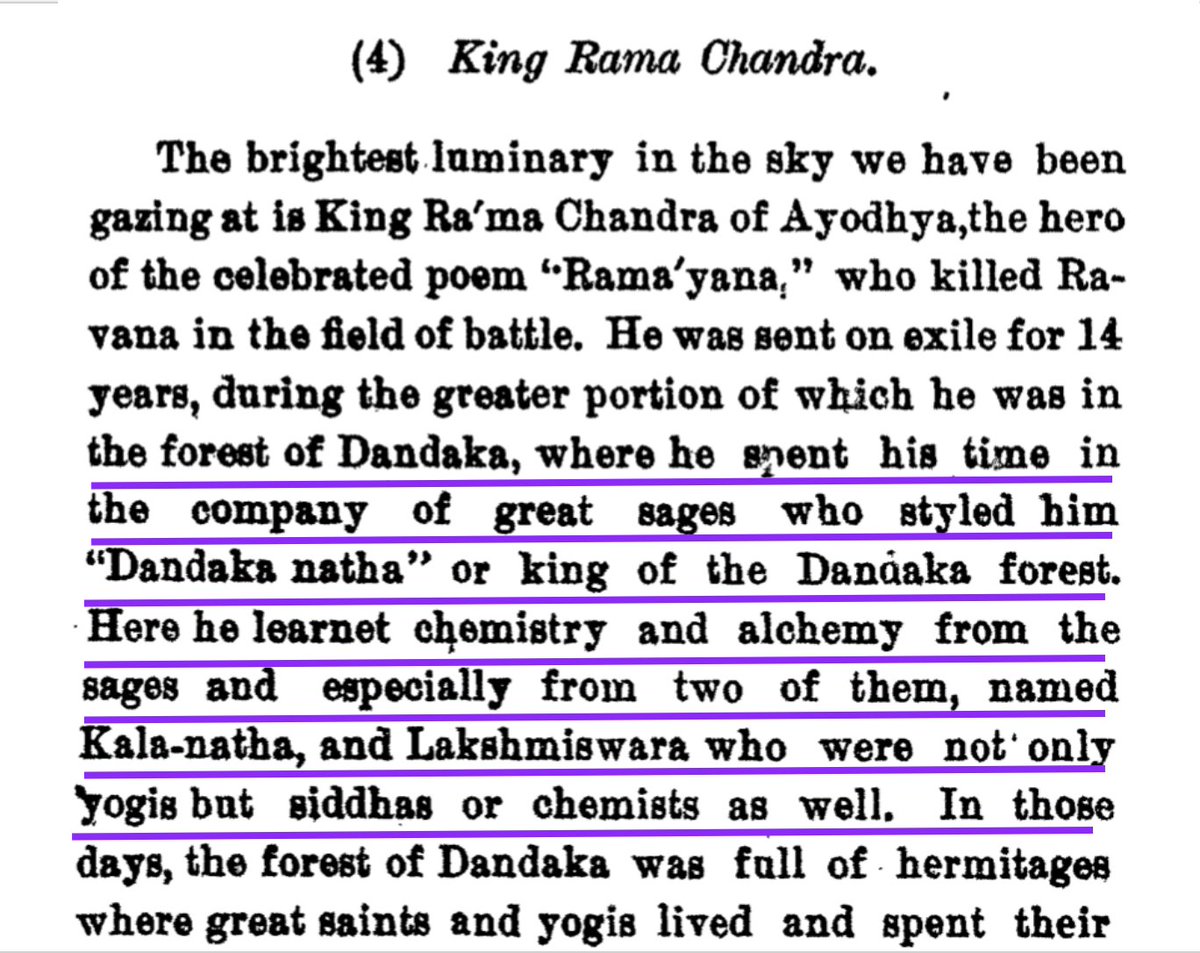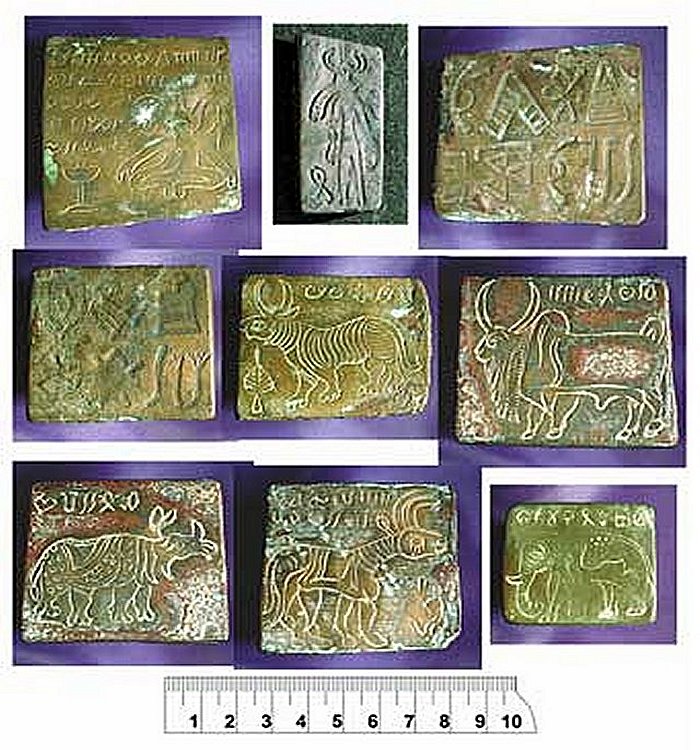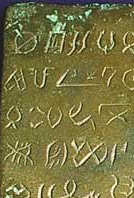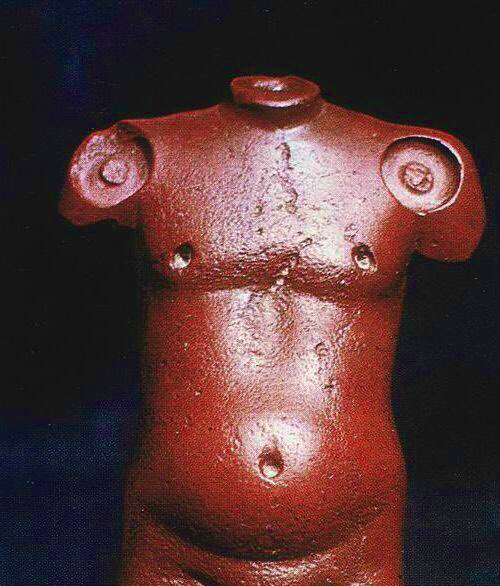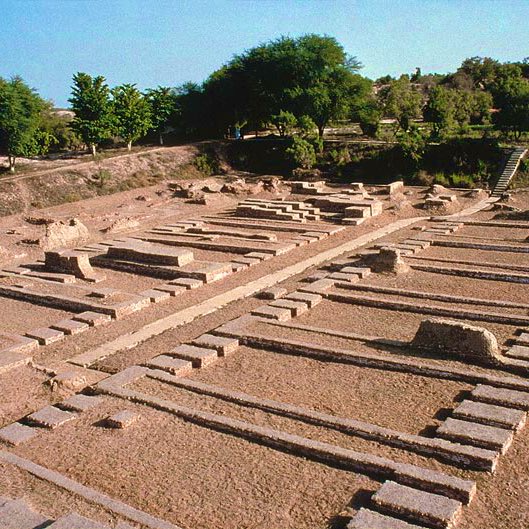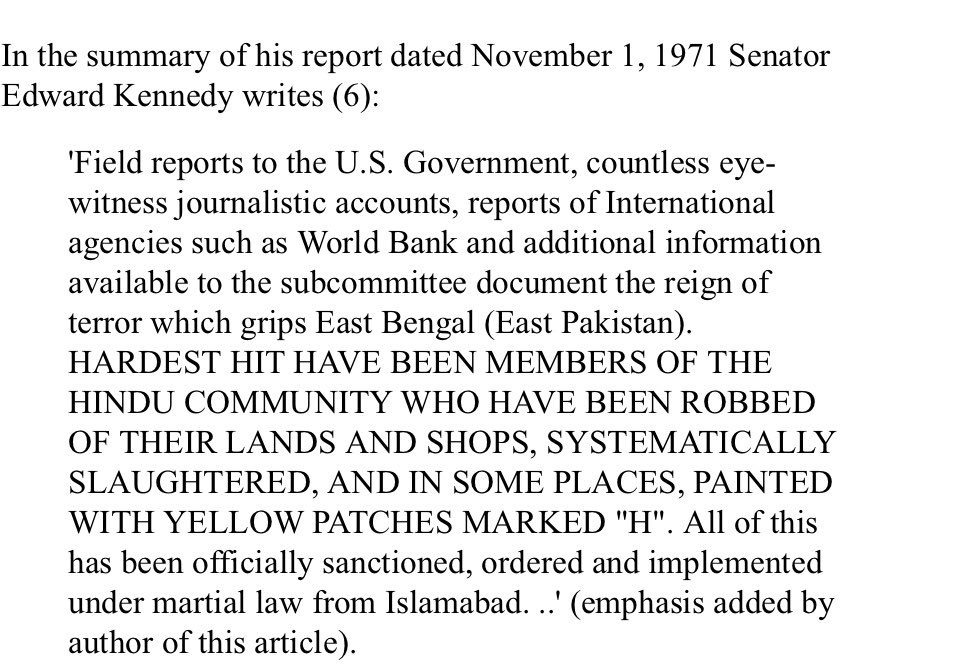
1/n
Dholavira, Gujarat (3000 BCE) is one of the most advanced sites of Saraswati Sindhu civilization. Finely carved polished pillars of banded limestone found here prove Indians were masters at architecture, as well as city planning & water management over 5000 years ago.


Dholavira, Gujarat (3000 BCE) is one of the most advanced sites of Saraswati Sindhu civilization. Finely carved polished pillars of banded limestone found here prove Indians were masters at architecture, as well as city planning & water management over 5000 years ago.



2/n
The pillars had a basal slab supporting a set of square blocks followed by a beautifully carved circular member with concave profile and flattened bottom and top surface. Some had a convex profile as well as tenon hole provision on either flat surface of each.

The pillars had a basal slab supporting a set of square blocks followed by a beautifully carved circular member with concave profile and flattened bottom and top surface. Some had a convex profile as well as tenon hole provision on either flat surface of each.


3/n
Amazingly, rectangular basal slabs with locking mechanisms that could support such pillars were also found. Entire pillars rested on such superstructures. They were used as a mounting point for side walls of chambers and to provide support to the roof structure.

Amazingly, rectangular basal slabs with locking mechanisms that could support such pillars were also found. Entire pillars rested on such superstructures. They were used as a mounting point for side walls of chambers and to provide support to the roof structure.


4/n
Yet another mysterious discovery is of thin capped pillars associated with some type of entrance. These neatly polished resemble elongated Shiva Lingams. They may have outlined an entry into a Hindu temple or other place of religious significance.

Yet another mysterious discovery is of thin capped pillars associated with some type of entrance. These neatly polished resemble elongated Shiva Lingams. They may have outlined an entry into a Hindu temple or other place of religious significance.


5/n
The smooth polish, finely carved circular surfaces, banded sandstone textures, accurately drilled holes, exact dimensions of rectangular bases and mechanical features all demonstrate that Indians had expert architectural knowledge & technology as far back as 3000 BCE.

The smooth polish, finely carved circular surfaces, banded sandstone textures, accurately drilled holes, exact dimensions of rectangular bases and mechanical features all demonstrate that Indians had expert architectural knowledge & technology as far back as 3000 BCE.


6/n
These discoveries negate popular claims about the development of Hindu architecture. Historians attribute creation of pillars to Persian & Greek influences on India. Dholavira clearly contradicts such assumptions. Many more such myths lie waiting to be busted at Dholavira.

These discoveries negate popular claims about the development of Hindu architecture. Historians attribute creation of pillars to Persian & Greek influences on India. Dholavira clearly contradicts such assumptions. Many more such myths lie waiting to be busted at Dholavira.

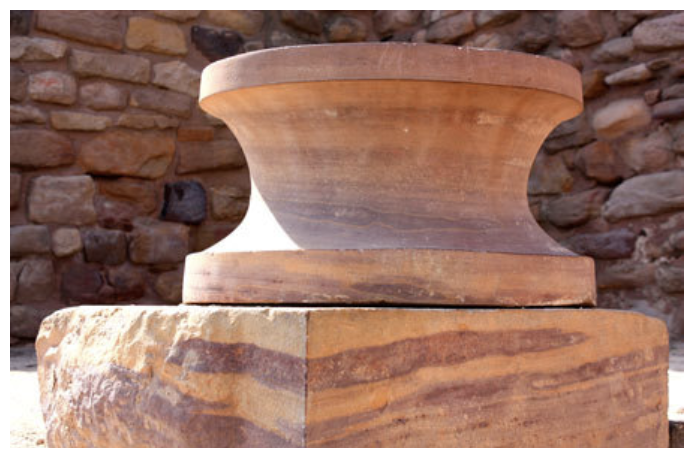
All Images are sourced from asi.nic.in & harappa.com
• • •
Missing some Tweet in this thread? You can try to
force a refresh

